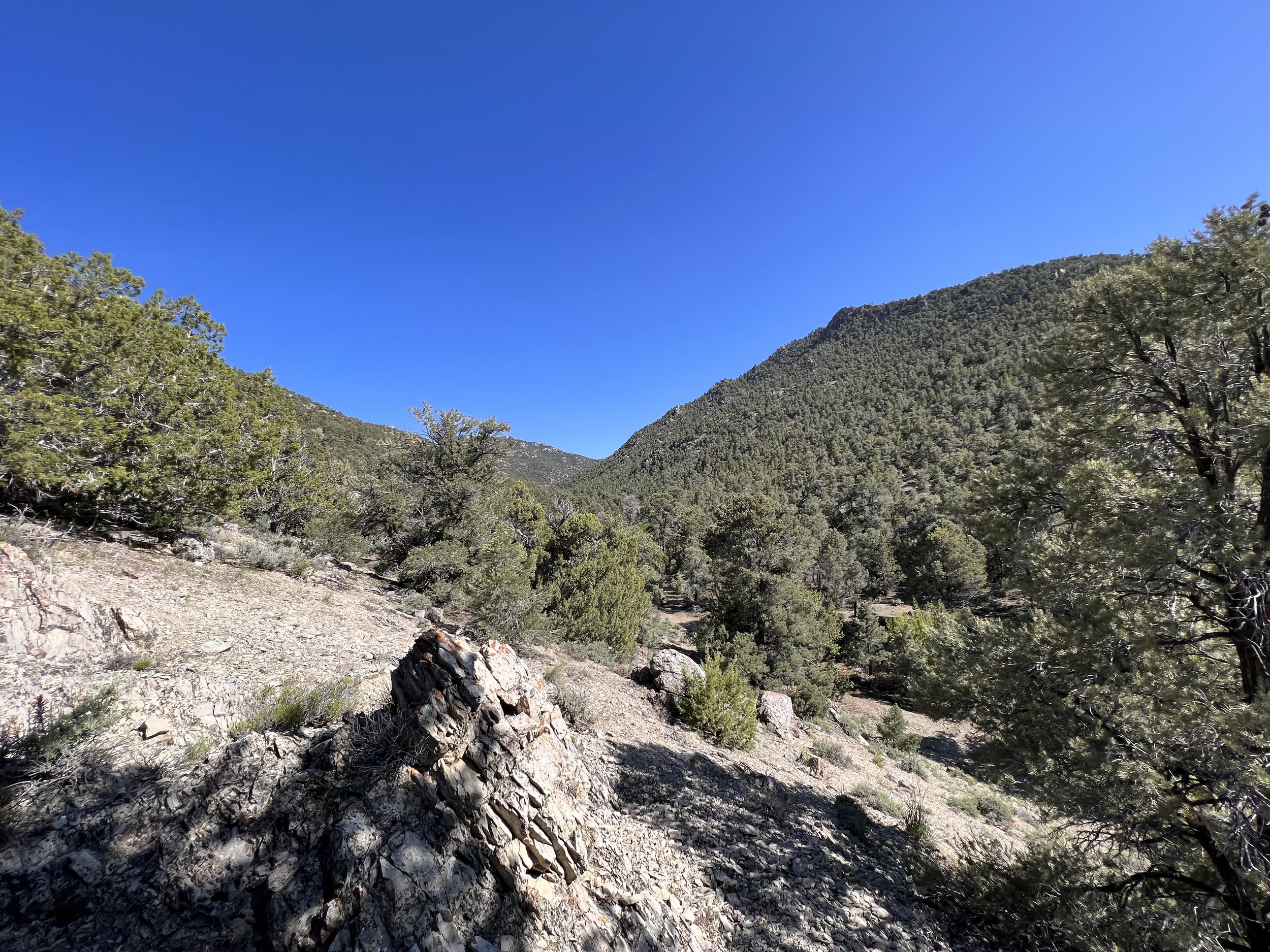
Research
Research Interests
My research interests broadly focus on the biological processes that drive evolutionary patterns of marine organisms across geologic time and the role that the environment has played in these processes. I am also interested in the variation and reconciliation of local and regional expressions of global macroevolutionary patterns and perturbations, such as mass extinctions. Some of my research interests and goals include:
Assess the stratigraphy of mass extinctions and their recoveries; specifically, are facies changes at mass extinction and recovery sections affecting the interpretation of extinction and recovery duration?
Characterize the nature of post-extinction biotic change to assess how extinction events play a role in evolutionary dynamics.
Understand the role of origination selectivity on long-term macroevolution trends.
Dissect global macroevolutionary patterns to regional and finer geographic scales. Many global macroevolutionary events such as diversification and extinction are likely not global signals but are instead restricted to region(s) that contribute data disproportionally to global patterns.
Test the role of physiology (particularly the role of body size on temperature-dependent hypoxia) in extinction and origination dynamics at different scales.
Ongoing Research
-
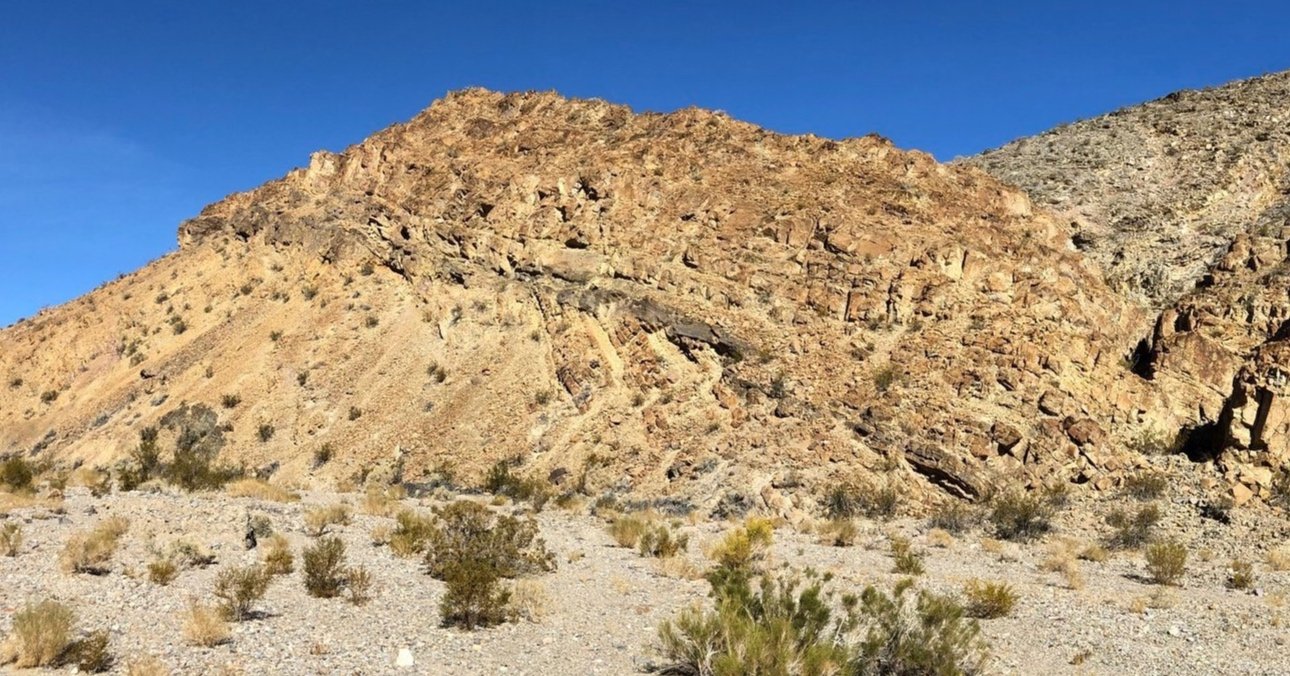
Stratigraphy of mass extinctions
Clusters of fossil last occurrences are used to delineate extinction horizons. These clusters, however, are controlled by the structure of the stratigraphic record, such that clusters are typically found below stratigraphic horizons that mark major changes in facies (relative water depth), such as flooding surfaces and subaerial unconformities. As such, the structure of the stratigraphic record could potentially influence how extinction events are interpreted from field observations.
-

Extinction and origination selectivity
Assessing the predictors of mass extinction in the fossil record is important for understanding how extinction dynamics have changed over time and how they might impact modern and future ecosystems. Less understood is origination selectivity. Early work suggests that origination might be more important for understanding the role of mass extinctions and other perturbation events in macroevolutionary patterns.
-
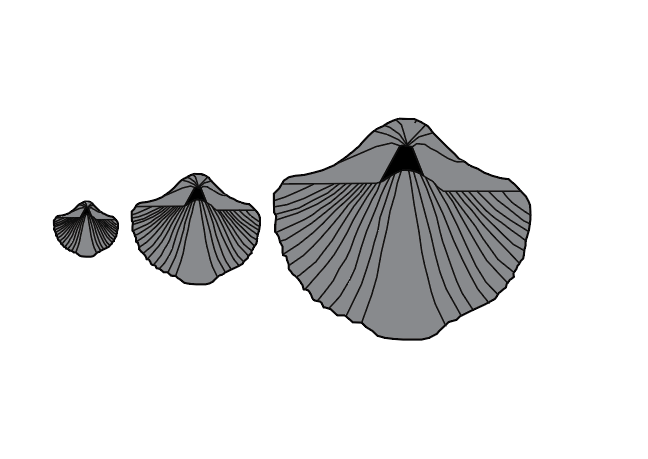
Body size evolution
Animal body size is one of the most important animal traits because it scales with many other traits, such as metabolism, fecundity, and ecospace. Despite our knowledge of body size through time, we have incomplete data both of fossil and modern species. By continuing to collect body size data, we aim to assess the role of body size in macroevolutionary patterns, including extinction risk.
-
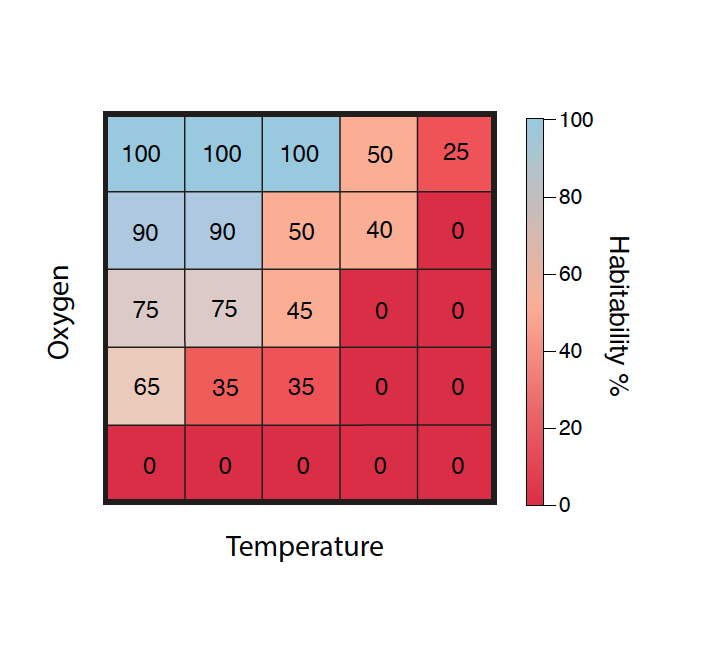
Ecophysiology of the Cambrian radiation
The Metabolic Index can predict the habitable zones of species in the modern oceans where temperature and oxygen conditions and the metabolic demand of a species are known. Application of the Metabolic Index to the fossil record, could potentially reveal the underlying ecophysiological drivers of biogeography in the past.
-
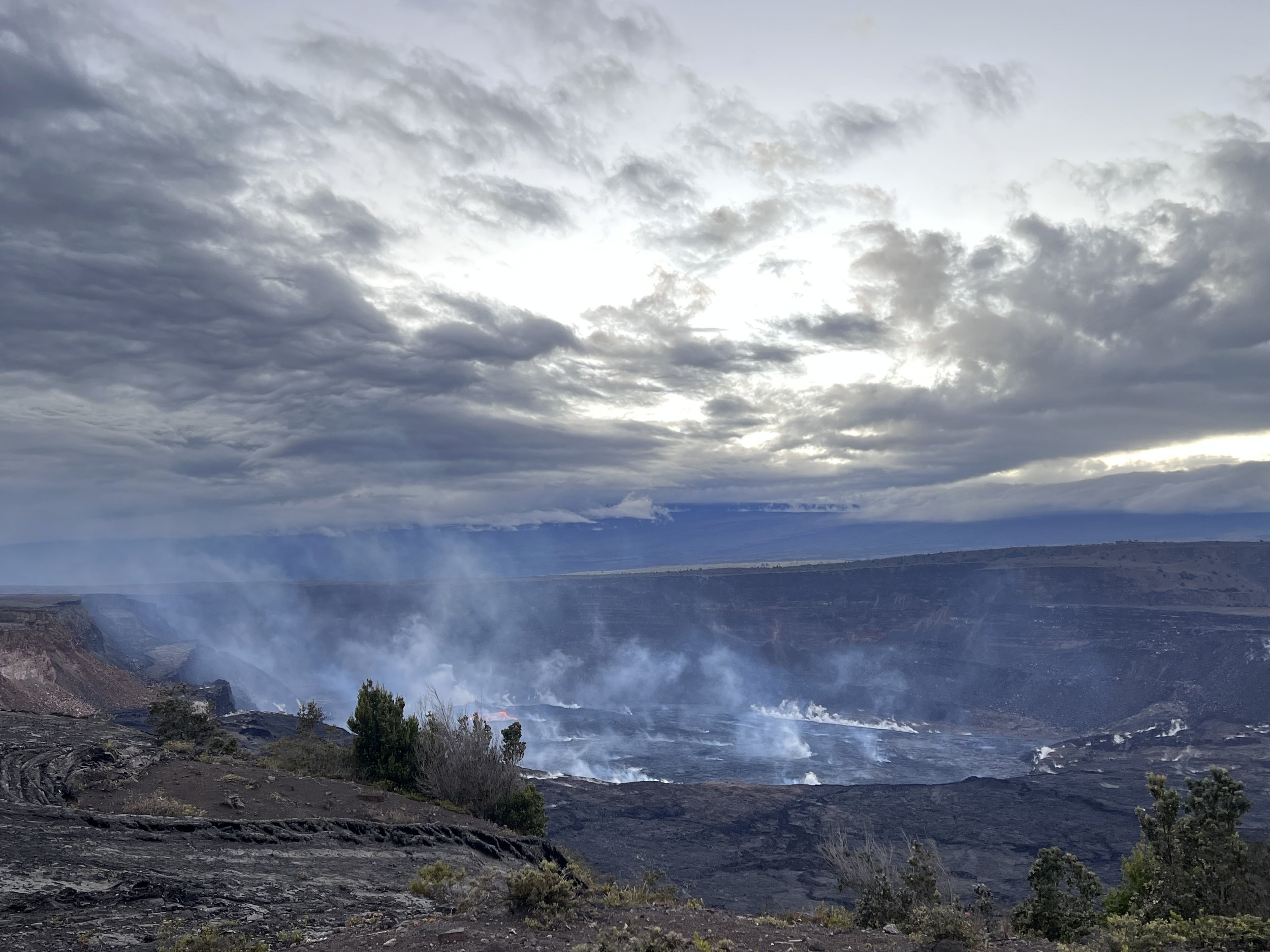
Role of cryptic degassing of large igneous provinces in origination of marine animals
Orogeny and subsequent weathering fluxes have long been tied to the diversification of marine animals in the fossil record. Whereas the eruption of large igneous provinces have long been associated with extinction in the oceans, they could have also played a key role in the origination of marine species. Through this project, we aim to test whether 1) there is evidence of protracted cryptic degassing following several large igneous provinces and 2) protracted degassing led to increases in weathering fluxes, thus affecting origination rates and selectivity of marine animals.
-
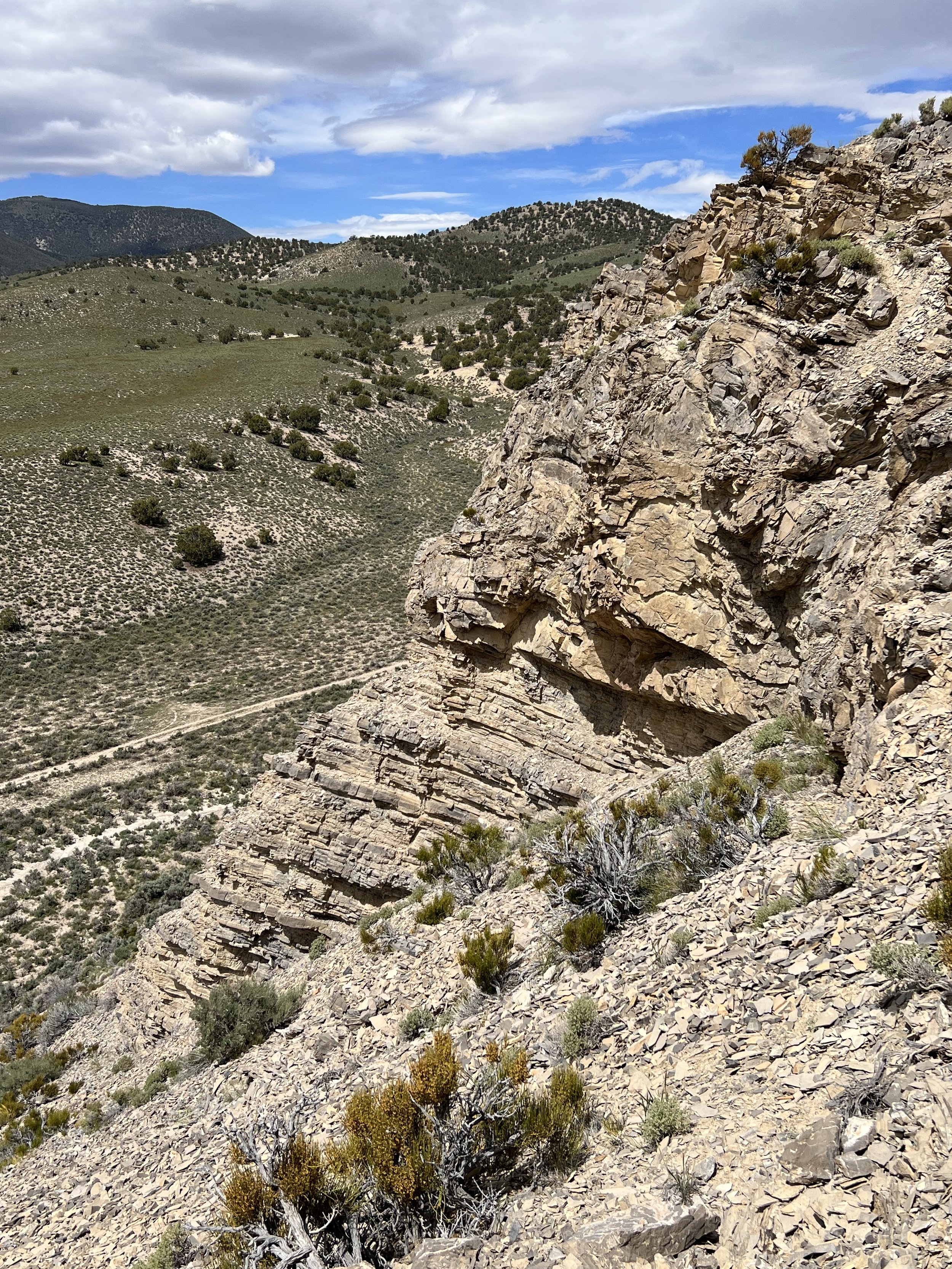
Stratigraphy of the Silurian–Devonian radiation of spiral-bearing brachiopods
Spiral-bearing brachiopods radiated following the end-Ordovician mass extinction. The exact reasons are unclear, but we aim to document this radiation and uncover its drivers within a sequence stratgraphic context across the Silurian and Devonian of central Nevada.